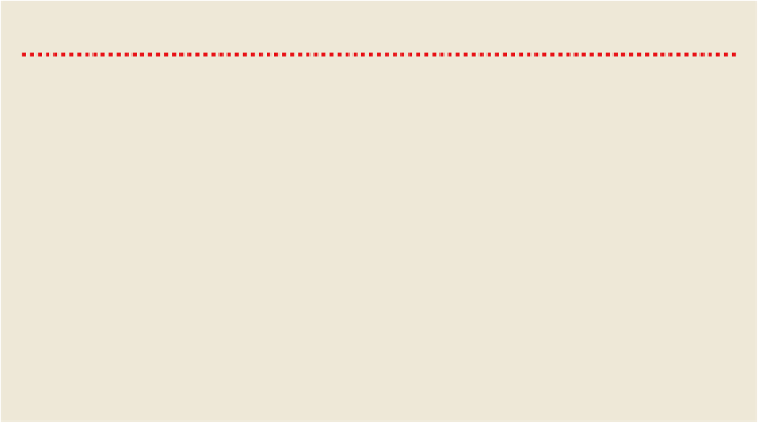Travel Reference
In-Depth Information
FLAGELLATING MONKS & NUNS
The first known case of religious self-flagellation dates from the mid-13th century in Perugia in neigh-
bouring Umbria, when a strange, spontaneous parade of believers began whipping themselves while
singing.
By 1260 roving bands of Flagellants appeared in major Tuscan cities, stripped to the waist, hooded
and ecstatically whipping themselves while singing
laudi
(songs about the passion of Christ). They
made quite an impression in Florence and Siena where adherents formed
scuole di battuti
(schools of
beatings) and built
case di Dio
(houses of God) that served as charity centres, hospices and hosts to
mass flagellation sessions.
The Church remained neutral on the issue until the fledgling Flagellants claimed their activities
could grant temporary relief from sin. This posed direct competition to the Church's practice of con-
fession, not to mention its steady business in indulgences, pardons and tithes. The Flagellant move-
ment was banned in 1262, only to regain momentum a century later during the plague and recur peri-
odically until the 15th century, when the Inquisition subjected Flagellants to the ultimate mortification
of the flesh: death by burning at the stake.
Self-flagellation processions continued to be held in Tuscany under the Church's guidance into the
late 19th century.

